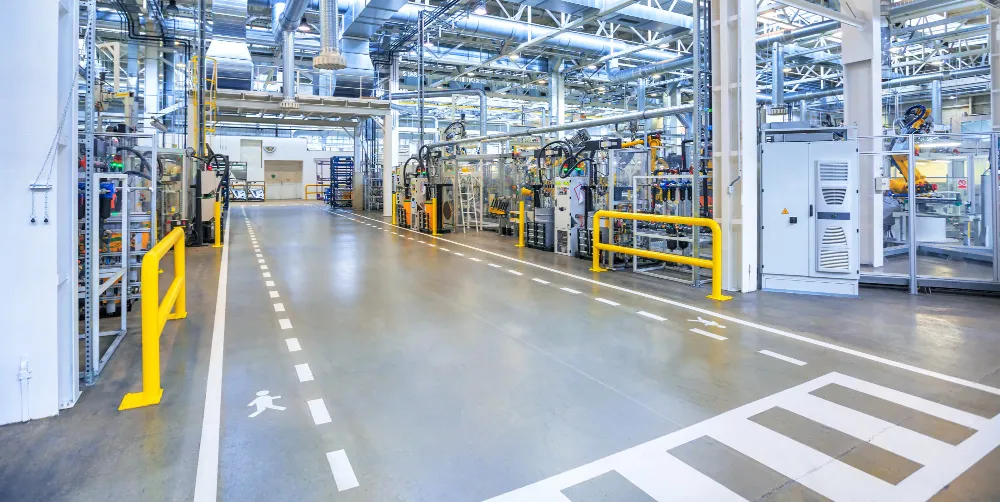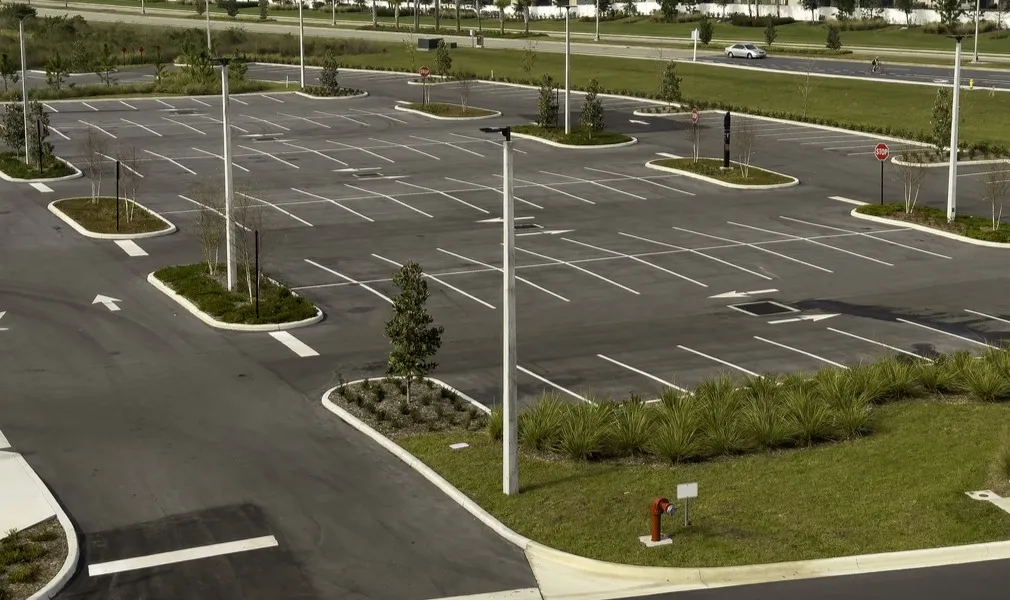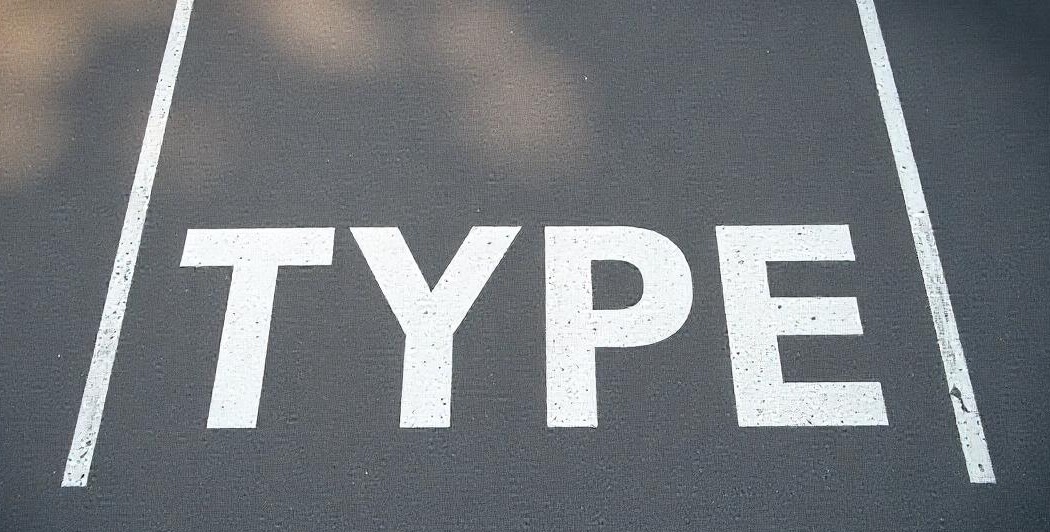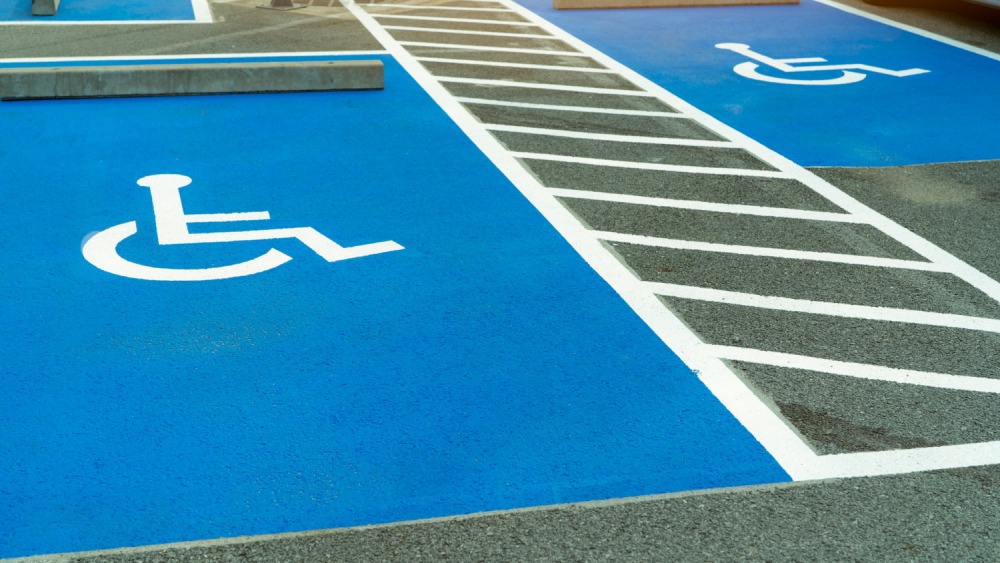Interior Line Marking for Warehouses & Industrial Facilities: Safety, Efficiency, and Compliance

Introduction
In warehouses, industrial facilities, and commercial garages, professional line marking plays a crucial role in ensuring safety, operational efficiency, and regulatory compliance. Clear and professional floor marking isn't just about aesthetics—it represents a due diligence obligation for building owners and facility managers.
At Titan Parking, we understand that each interior marking project is unique and requires a customized approach based on industry standards, building specifications, and client objectives.
The Critical Importance of Interior Line Marking
In warehouses and industrial facilities, the absence of clear floor markings can lead to:
- Vehicle collisions
- Pedestrian accidents and falls
- Poor space management
- Increased travel time for employees
- Operational efficiency losses
- Safety compliance issues
Quality line marking helps structure your space by defining traffic zones, emergency routes, loading areas, and hazardous zones.
Industry insight: According to the CNESST (Commission des normes, de l'équité, de la santé et de la sécurité du travail), well-marked pedestrian walkways and vehicle traffic lanes are among the recommended preventive measures to reduce workplace accidents in Quebec warehouses and industrial settings. Proper floor marking is considered a fundamental component of workplace safety planning.
Applicable Regulations and Standards for Interior Markings
While indoor marking regulations may be less stringent than exterior roadway requirements, several laws, standards, and best practices still govern their implementation.
1. Building Codes and Accessibility Requirements
- Mandatory accessible parking spaces in facilities open to the public.
- Specific dimensional requirements for accessible parking spaces (minimum 1.5m lateral clearance).
- Properly identified and unobstructed emergency exits.
2. Occupational Health and Safety Regulations
- Requirement to separate pedestrian and vehicle traffic in industrial warehouses.
- Obligation to mark hazardous zones and traffic lanes.
- Recommended markings at intersections to prevent collisions.
3. Industry Standards and Best Practices
- Safety standards recommend specific floor marking for dangerous areas (typically in yellow or red).
- ISO and other international standards for warehouse safety and logistics.
Recommended Line Marking Types for Your Facility
The choice of marking material depends on several factors:
- Surface type (raw concrete, polished concrete, existing epoxy)
- Traffic level (pedestrian, light vehicles, heavy forklifts)
- Exposure to chemicals or abrasive materials
- Environmental conditions (humidity, temperature variations)
Marking Solutions Offered by Titan Parking:
| Marking Type | Ideal Use | Advantages |
|---|---|---|
| Epoxy Paint | Warehouses, high-traffic garages | Extreme abrasion resistance, durability |
| Polyurethane Paint | Commercial garages | Resistant to impacts and chemicals |
| High-performance Acrylic | Low-traffic areas | Fast drying, cost-effective |
| Industrial Marking Tape | Temporary or flexible marking | Easy to modify, no odor |
Note: Anti-slip coating is often recommended for all interior markings to reduce fall risks, especially in areas where oil or liquid spills are possible.
Recommended Interior Marking Zones
- Forklift and vehicle traffic lanes (typically yellow)
- Pedestrian walkways (often green or blue)
- Emergency exits and evacuation corridors
- Loading and staging areas
- Hazard zones or areas with moving machinery
- Storage areas (clear demarcation of storage racks)
- Equipment parking zones
Quebec context: In Quebec's industrial sector, the Institut de recherche Robert-Sauvé en santé et en sécurité du travail (IRSST) highlights that organized workflow patterns and clear visual management systems (including floor marking) are key contributors to both safety improvement and operational efficiency. Many Quebec facilities have adopted standardized color-coding systems aligned with provincial safety recommendations.
Benefits of Well-Executed Interior Line Marking
1. Enhanced Safety
Reduced workplace accident risks, better visibility for drivers and pedestrians.
2. Regulatory Compliance
Meeting occupational health and safety obligations and accessibility standards.
3. Space Optimization
Store more inventory or accommodate more equipment without compromising flow.
4. Increased Productivity
Workers move more quickly and efficiently in a well-organized facility.
5. Professional Image
A well-organized warehouse or garage creates an excellent first impression for clients, employees, and partners.
Implementation Process at Titan Parking
- Analysis of your interior environment (floor type, usage patterns, traffic).
- Custom marking plan based on your objectives and applicable standards.
- Selection of materials tailored to your needs.
- Efficient execution with minimal disruption to operations.
- Final compliance inspection and maintenance recommendations.
We work day, evening, or night to minimize impact on your operations!
Why Choose Titan Parking for Your Interior Line Marking?
- Recognized specialist in industrial and commercial marking.
- Premium materials selected specifically for interior environments.
- Team trained in current safety standards and accessibility requirements.
- Quick quotation and personalized service.
- Guaranteed workmanship: adhesion, durability, compliance.
Frequently Asked Questions
- How often should interior marking be redone?
- Depending on traffic and products used, remarking is typically recommended every 2-5 years based on wear.
- What's the best season for interior marking?
- Since we work indoors, we can perform line marking year-round without weather constraints.
- Can different colors be used for markings?
-
Yes, and it's highly recommended! For example:
- Yellow for traffic lanes
- Red for prohibited/dangerous areas
- Green for emergency exits
- Blue for accessible spaces
- White for general boundaries and equipment positions
Conclusion: Quality Interior Marking is a Strategic Investment
Interior line marking for your warehouses and industrial facilities is a key factor in ensuring:
- Everyone's safety
- Legal compliance
- Operational efficiency
- Facility value enhancement
Trust Titan Parking as your partner for durable, safe, and compliant interior marking solutions for your industrial and commercial facilities.





